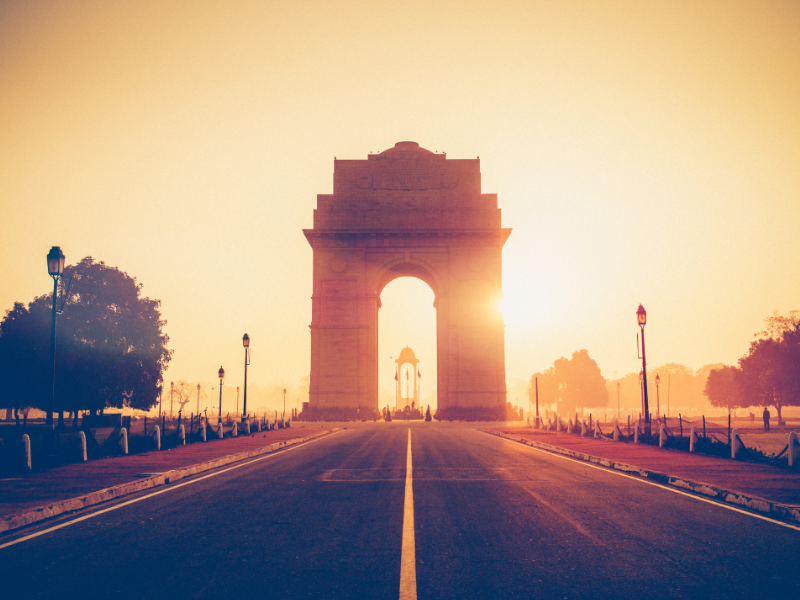Waste Segregation

India is often referred to as a pluralistic nation where various cultures, religions and customs meld into a fragile harmony that is strong at its core. But what is often not discussed is how poverty and fast urbanization co-exist. This duality is nowhere higher visible in the capital of India. Delhi is a city crumbling under its own weight—both literal and that is of expectations. On one hand is the Lutyens’ zone with huge avenues, boulevards marked with trees, clean roads and a general sense of space and time. On the other hand is the “rest of Delhi”, dotted by narrow roads, fast concretization, unauthorized colonies, Jhuggi-Jhopri (JJ) clusters, clogged sewer lines and dustbin strewn everywhere and anywhere? It is a dark demonstration of the perils of lopsided urbanization and an unsustainable expansion in population.
SWACHATA CAMPAIGN ‘Teen Kadam Swachhata Ki Aur’

Delhi, with a population of 1.80 crores increases approximately 8390 tonnes of waste per day— a highly conservative estimate. On-the-ground research finds that the quantity of waste produced is actually approximately shocking 12,000 tonnes per day, 80% of which is dumped indiscriminately at the numerous landfill sites by the municipal authorities. Also, Delhi’s network of 30 sewage treatment plants (STPs) caters for only 45% of the city’s population. Yet each of us produces waste flagrantly, without thinking of the hazards at the macroscale.

With tons of waste generated by us on a daily basis it becomes significant to initiate effective management of the waste. And to accomplish this, coordination and contribution of everyone is required. As they say -“Little drops make an ocean” one’s little effort is what Hara Jeevan wants, to transfer Delhi into a clean and green city.
Basically, Waste management boils down to waste segregation. And waste segregation refers to the separation of biodegradable waste from non-biodegradable waste for careful disposal and recycling.
So the three main types of waste that you must know so that you can drop the right waste in the right bin are-
Food and garden waste (green bin) – Biodegradable waste
Recyclable waste (blue bin) – Sellable waste that produce income
Non-recyclable waste (red bin) – Non degradable waste
And after seeing this and concerning that Delhi is crumbling very fast how can individual just sit back and watch, so ‘HARA JEEVAN’ and ‘SAMPOORNA’ decided to bring people aware about the problem and situation of waste management in Delhi and decided to launch SWACHHATA CAMPAIGN ‘Teen Kadam Swachhata Ki Aur’ on 23rd December 2017 at B Block market, Prashant Vihar for promoting waste segregation, waste treatment, advantages of composting and drawbacks of using plastic bags. The name – ‘Teen KadamSwachhata Ki Aur’ was provided to the campaign due to its need of 3 bin segregation to be performed at source level (in homes, schools, offices, shops).
The campaign was inaugurated and started by Shri Vijendra Gupta. He is the hardworking and respectful MLA of Rohini constituency.


